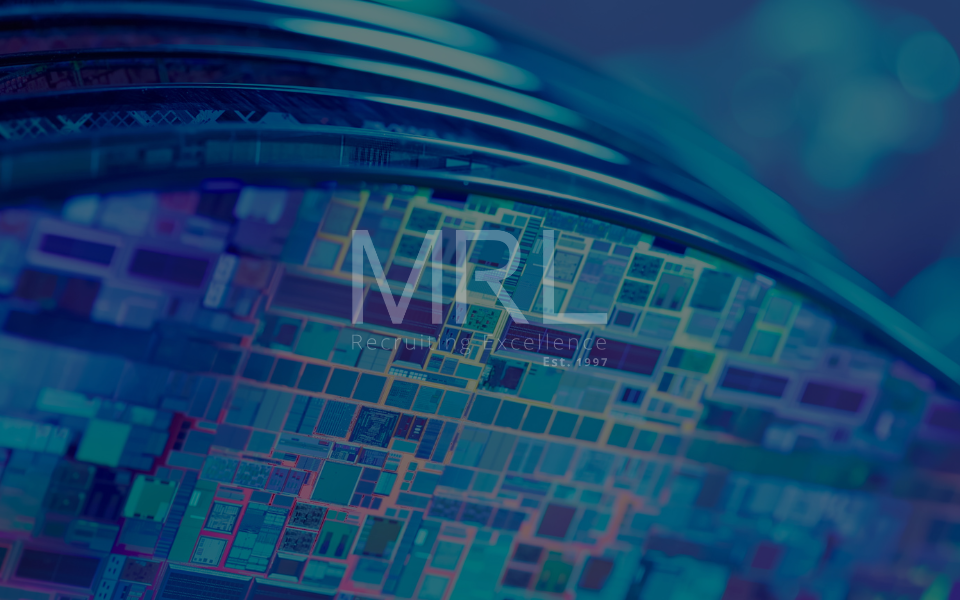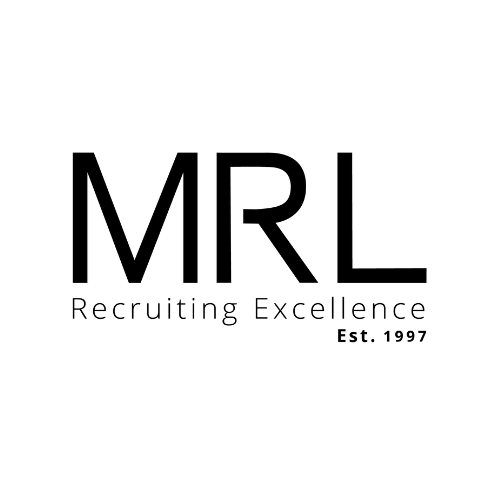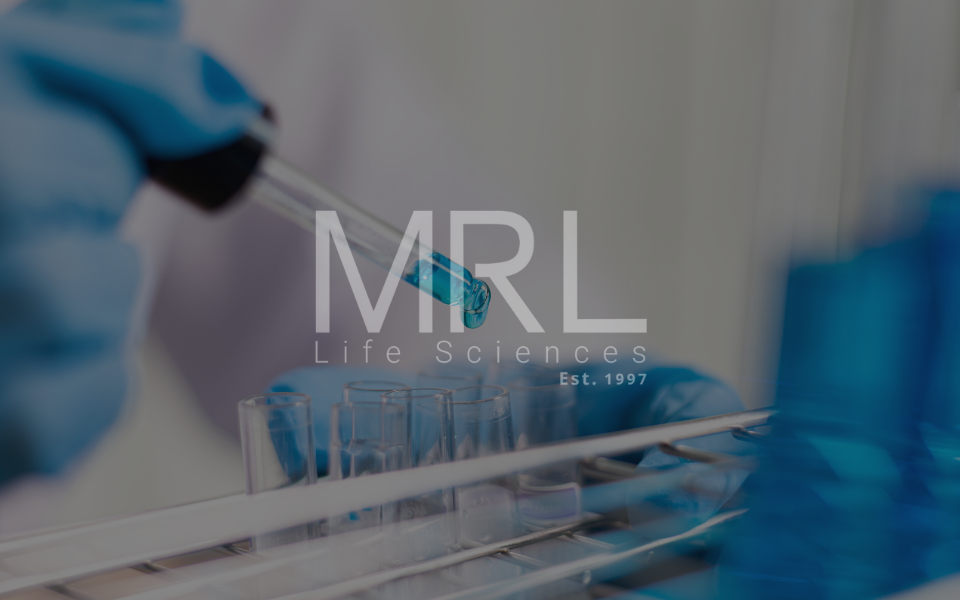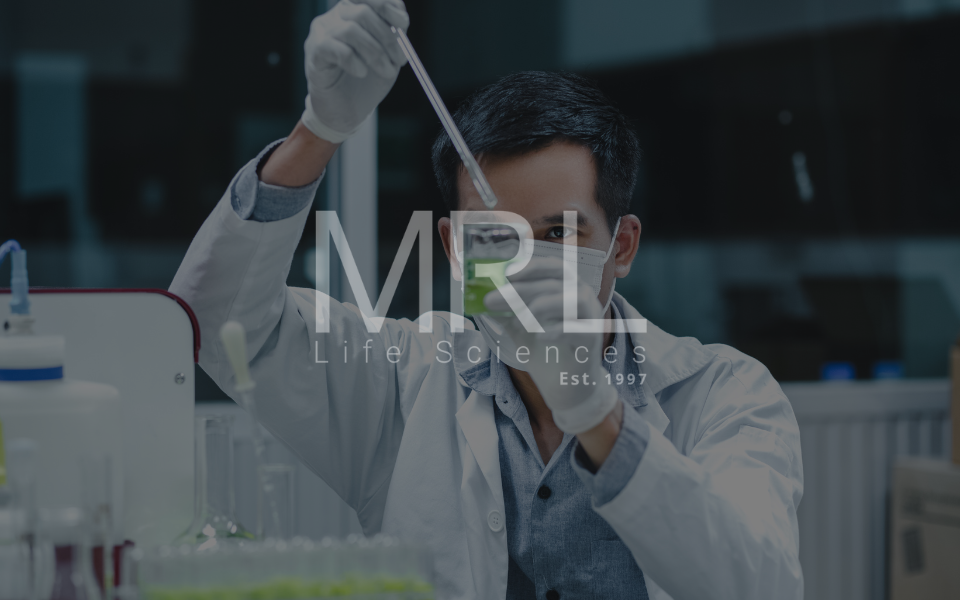Challenges and Solutions in Sustainable Semiconductor Manufacturing | MRL
21 Dec, 20235 minutesSustainability in Semiconductor Manufacturing: Challenges and SolutionsThe semiconductor ind...

Sustainability in Semiconductor Manufacturing: Challenges and Solutions
The semiconductor industry is at the forefront of innovation, shaping the devices we use daily. However, the surge in demand for semiconductors has brought to light the industry's carbon emissions, prompting a closer look at sustainability.
As the industry keeps on changing, the need for sustainable manufacturing practices becomes increasingly imperative. In this blog, we delve into the challenges faced by the semiconductor manufacturing sector in achieving sustainability and explore the innovative solutions that promise to pave the way for a greener, eco-friendly future.
Semiconductor Manufacturing Sustainability Challenges
Semiconductor manufacturing, while a cornerstone of technological progress, is not without its environmental impacts. The challenges lie in reducing the industry's carbon footprint, minimizing waste, and creating processes that align with green technology principles. Let’s dive in:
Energy Consumption
One of the primary challenges in semiconductor manufacturing is the substantial energy consumption during fabrication processes. In 2022, global carbon dioxide (CO2) emissions reached a new record, underlining the urgency for sustainable practices within the semiconductor industry. Fossil fuels are required for many of the production processes,
Chemical Usage and Waste
The use of chemicals in semiconductor manufacturing poses environmental risks, and the disposal of electronic waste further compounds the challenge. Sustainable practices demand a reevaluation of chemical processes and greenhouse gas emissions, and the development of efficient recycling methods.
Water Management
Water-intensive manufacturing processes in semiconductor fabrication plants raise concerns about water scarcity. Sustainable solutions must focus on responsible water management and the reduction of water usage.
Innovative Solutions Shaping the Green Revolution
As we work through the era of constant advancement, the need for sustainable manufacturing practices has become increasingly imperative. Here are a few key ways that the semiconductor industry can tackle its challenges in implementing sustainable manufacturing practices:
Renewable Energy Integration
To mitigate the environmental impact of energy consumption, semiconductor manufacturers are increasingly turning to renewable energy sources. Natural resources, and particularly solar and wind power integration into fabrication facilities, is a step towards achieving a more sustainable energy footprint.
Leading semiconductor companies are making significant strides in sustainability. Intel, for instance, has committed to using 100% renewable energy for its global operations by 2030. Taiwan Semiconductor Manufacturing Company (TSMC) is similarly dedicated, with a goal to source 25% of its electricity from renewable sources by 2030.
Closed-Loop Manufacturing
The concept of closed-loop manufacturing involves recycling and reusing materials within the semiconductor production cycle. This reduces waste and minimizes the environmental impact of resource extraction.
Green Chemistry in Semiconductor Processes
Innovations in green chemistry are revolutionizing semiconductor manufacturing. These practices aim to replace or reduce the use of hazardous substances, creating a more environmentally friendly production environment.
Efficient Water Usage and Recycling
Sustainable water management practices, such as the implementation of water recycling systems and the adoption of water-efficient technologies, are crucial steps towards reducing the industry's impact on water resources.
Technological Development and New Materials
The semiconductor industry is actively exploring new materials and technologies to reduce its environmental footprint. This includes the development of environmentally friendly materials made from renewable sources, such as wood or plant-based polymers, and the application of technologies like 3D printing for more sustainable semiconductor components.
AI Use in Semiconductor Manufacturing
With the majority of manufacturing processes automated using AI and machine learning, from wafer transportation to defect identification, the industry has embraced AI for its potential to enhance efficiency. AI-powered computer vision systems improve wafer inspections by accurately identifying and classifying defects. This not only improves yields but also reduces costs by detecting problems at an early stage.
The Future of Sustainable Semiconductor Manufacturing
The path to net zero is not without its challenges. High-temperature manufacturing processes and regional cost disparities in renewable energy pose hurdles. Despite these challenges, the semiconductor industry is committed to sustainability. Through investments in renewable energy, optimization of processes, adoption of circular economy principles, and exploration of new materials and technologies, the industry is making significant strides towards achieving net-zero emissions.
Integrating green technologies and eco-friendly practices addresses environmental concerns and aligns with the growing global focus on sustainable development.
Interested in Green Tech?
For those looking to be a part of this green transformation, opportunities abound. At MRL, we work with key players driving sustainability in the semiconductor industry.
Whether you're an experienced professional or a passionate newcomer, explore exciting career prospects with us and contribute to a future where technology and sustainability go hand in hand.





